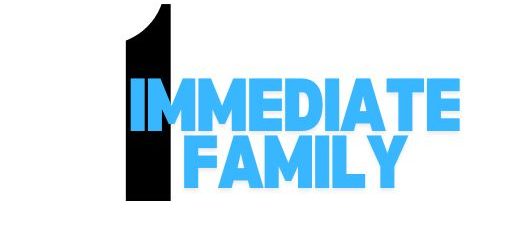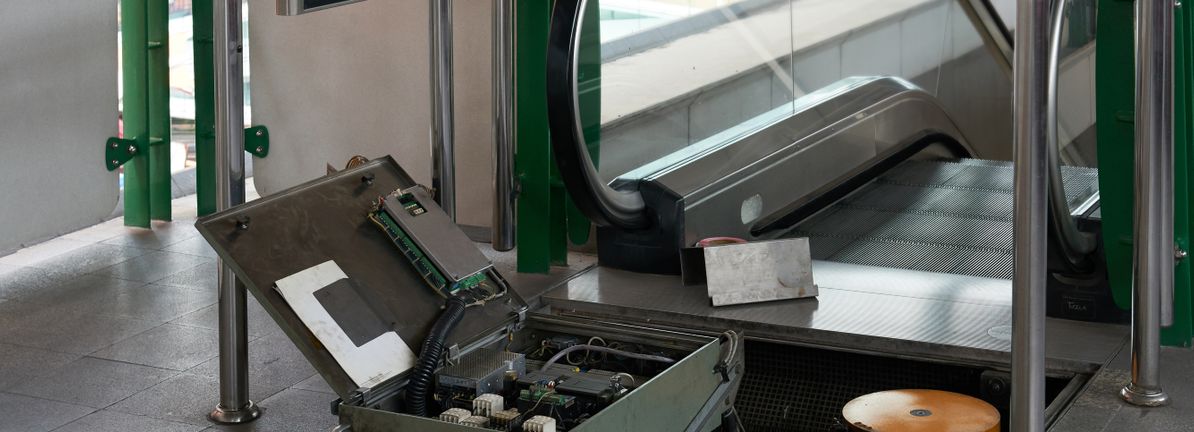Key Insights
- Lion Chemtech’s estimated fair value is ₩3,090 based on 2 Stage Free Cash Flow to Equity
- Lion Chemtech’s ₩2,520 share price indicates it is trading at similar levels as its fair value estimate
- When compared to theindustry average discount to fair value of 34%, Lion Chemtech’s competitors seem to be trading at a greater discount
How far off is Lion Chemtech Co., Ltd. (KOSDAQ:171120) from its intrinsic value? Using the most recent financial data, we’ll take a look at whether the stock is fairly priced by taking the forecast future cash flows of the company and discounting them back to today’s value. We will take advantage of the Discounted Cash Flow (DCF) model for this purpose. Models like these may appear beyond the comprehension of a lay person, but they’re fairly easy to follow.
We generally believe that a company’s value is the present value of all of the cash it will generate in the future. However, a DCF is just one valuation metric among many, and it is not without flaws. Anyone interested in learning a bit more about intrinsic value should have a read of the Simply Wall St analysis model.
View our latest analysis for Lion Chemtech
Step By Step Through The Calculation
We are going to use a two-stage DCF model, which, as the name states, takes into account two stages of growth. The first stage is generally a higher growth period which levels off heading towards the terminal value, captured in the second ‘steady growth’ period. To start off with, we need to estimate the next ten years of cash flows. Seeing as no analyst estimates of free cash flow are available to us, we have extrapolate the previous free cash flow (FCF) from the company’s last reported value. We assume companies with shrinking free cash flow will slow their rate of shrinkage, and that companies with growing free cash flow will see their growth rate slow, over this period. We do this to reflect that growth tends to slow more in the early years than it does in later years.
A DCF is all about the idea that a dollar in the future is less valuable than a dollar today, so we discount the value of these future cash flows to their estimated value in today’s dollars:
10-year free cash flow (FCF) forecast
| 2025 | 2026 | 2027 | 2028 | 2029 | 2030 | 2031 | 2032 | 2033 | 2034 | |
| Levered FCF (₩, Millions) | ₩7.43b | ₩7.12b | ₩6.97b | ₩6.92b | ₩6.95b | ₩7.02b | ₩7.12b | ₩7.25b | ₩7.41b | ₩7.58b |
| Growth Rate Estimate Source | Est @ -7.08% | Est @ -4.16% | Est @ -2.11% | Est @ -0.68% | Est @ 0.32% | Est @ 1.02% | Est @ 1.51% | Est @ 1.86% | Est @ 2.10% | Est @ 2.27% |
| Present Value (₩, Millions) Discounted @ 8.3% | ₩6.9k | ₩6.1k | ₩5.5k | ₩5.0k | ₩4.7k | ₩4.3k | ₩4.1k | ₩3.8k | ₩3.6k | ₩3.4k |
(“Est” = FCF growth rate estimated by Simply Wall St)
Present Value of 10-year Cash Flow (PVCF) = ₩47b
We now need to calculate the Terminal Value, which accounts for all the future cash flows after this ten year period. The Gordon Growth formula is used to calculate Terminal Value at a future annual growth rate equal to the 5-year average of the 10-year government bond yield of 2.7%. We discount the terminal cash flows to today’s value at a cost of equity of 8.3%.
Terminal Value (TV)= FCF2034 × (1 + g) ÷ (r – g) = ₩7.6b× (1 + 2.7%) ÷ (8.3%– 2.7%) = ₩137b
Present Value of Terminal Value (PVTV)= TV / (1 + r)10= ₩137b÷ ( 1 + 8.3%)10= ₩62b
The total value, or equity value, is then the sum of the present value of the future cash flows, which in this case is ₩109b. The last step is to then divide the equity value by the number of shares outstanding. Compared to the current share price of ₩2.5k, the company appears about fair value at a 18% discount to where the stock price trades currently. Remember though, that this is just an approximate valuation, and like any complex formula – garbage in, garbage out.
The Assumptions
Now the most important inputs to a discounted cash flow are the discount rate, and of course, the actual cash flows. You don’t have to agree with these inputs, I recommend redoing the calculations yourself and playing with them. The DCF also does not consider the possible cyclicality of an industry, or a company’s future capital requirements, so it does not give a full picture of a company’s potential performance. Given that we are looking at Lion Chemtech as potential shareholders, the cost of equity is used as the discount rate, rather than the cost of capital (or weighted average cost of capital, WACC) which accounts for debt. In this calculation we’ve used 8.3%, which is based on a levered beta of 1.200. Beta is a measure of a stock’s volatility, compared to the market as a whole. We get our beta from the industry average beta of globally comparable companies, with an imposed limit between 0.8 and 2.0, which is a reasonable range for a stable business.
SWOT Analysis for Lion Chemtech
- Debt is not viewed as a risk.
- Earnings declined over the past year.
- Dividend is low compared to the top 25% of dividend payers in the Building market.
- Current share price is below our estimate of fair value.
- Lack of analyst coverage makes it difficult to determine A171120’s earnings prospects.
- Dividends are not covered by earnings.
Next Steps:
Although the valuation of a company is important, it shouldn’t be the only metric you look at when researching a company. It’s not possible to obtain a foolproof valuation with a DCF model. Instead the best use for a DCF model is to test certain assumptions and theories to see if they would lead to the company being undervalued or overvalued. If a company grows at a different rate, or if its cost of equity or risk free rate changes sharply, the output can look very different. For Lion Chemtech, we’ve put together three essential factors you should further examine:
- Risks: Be aware that Lion Chemtech is showing 6 warning signs in our investment analysis , and 1 of those is a bit concerning…
- Other Solid Businesses: Low debt, high returns on equity and good past performance are fundamental to a strong business. Why not explore our interactive list of stocks with solid business fundamentals to see if there are other companies you may not have considered!
- Other Top Analyst Picks: Interested to see what the analysts are thinking? Take a look at our interactive list of analysts’ top stock picks to find out what they feel might have an attractive future outlook!
PS. The Simply Wall St app conducts a discounted cash flow valuation for every stock on the KOSDAQ every day. If you want to find the calculation for other stocks just search here.
New: AI Stock Screener & Alerts
Our new AI Stock Screener scans the market every day to uncover opportunities.
• Dividend Powerhouses (3%+ Yield)
• Undervalued Small Caps with Insider Buying
• High growth Tech and AI Companies
Or build your own from over 50 metrics.
Explore Now for Free
Have feedback on this article? Concerned about the content? Get in touch with us directly. Alternatively, email editorial-team (at) simplywallst.com.
This article by Simply Wall St is general in nature. We provide commentary based on historical data and analyst forecasts only using an unbiased methodology and our articles are not intended to be financial advice. It does not constitute a recommendation to buy or sell any stock, and does not take account of your objectives, or your financial situation. We aim to bring you long-term focused analysis driven by fundamental data. Note that our analysis may not factor in the latest price-sensitive company announcements or qualitative material. Simply Wall St has no position in any stocks mentioned.





